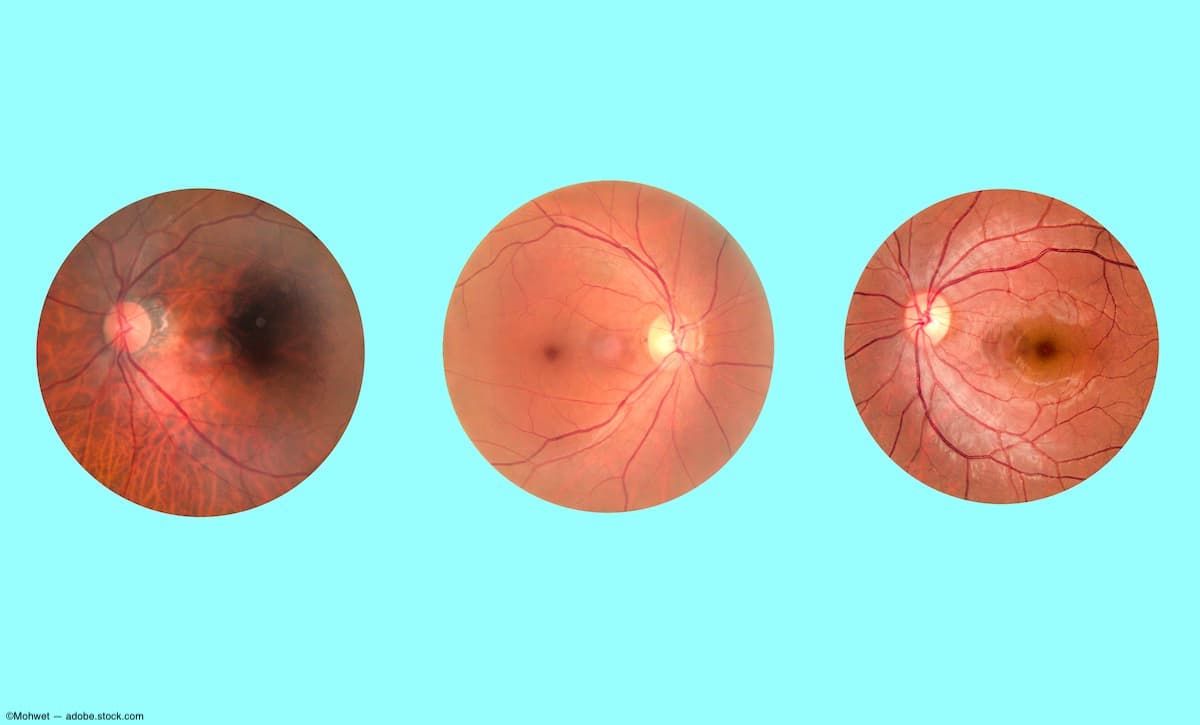Predicting systemic diseases from ocular fundus images
(Image credit: AdobeStock/Mohwet)

Chinese researchers reported the “great potential” of deep learning fundus images in their ability to predict systematic conditions in clinical situations. However, while the potential is recognized, the methodology and clinical application must be improved,1 according to the authors who are from Beijing Tongren Eye Center, Beijing Key Laboratory of Intraocular Tumor Diagnosis and Treatment, Beijing Ophthalmology & Visual Sciences Key Lab, Medical Artificial Intelligence Research and Verification Key Laboratory of the Ministry of Industry and Information Technology, and Beijing Tongren Hospital, Capital Medical University, Beijing.
The authors wanted to determine the status of the technology and undertook a review to do so. They set out to systematically review all articles that sought to predict systemic parameters and conditions using fundus images and deep learning, assessed their performance, and providedsuggestions that would enable translation into clinical practice.
The investigators led by lead authors Yitong Li, Ruiheng Zhang, and Li Dong, searched 2 databases, MEDLINE and EMBASE until August 22, 2023, using the keywords deep learning and fundus.
They explained that 4 factors were assessed, ie, study characteristics, transparent reporting, risk of bias, and clinical availability, in the studies using deep learning and fundus images to predict systematic parameters. Transparent reporting was assessed by the TRIPOD statement(Transparent Reporting of a multivariable prediction model for Individual Prognosis Or Diagnosis), and the risk of bias was assessed using PROBAST (Prediction model Risk Of Bias Assessment Tool).
A total of 4,969 articles were identified by the literature search, 31 of which were included in the review.
The authors reported that “a variety of vascular and non-vascular diseases can be predicted by fundus images, including diabetes and related diseases (19%), sex (22%), and age (19%). Most studies were in developed countries. The models’ reporting was insufficient in determining sample size and missing data treatment according to the TRIPOD. Full access to datasets and code also were underreported.”
In addition, other important findings were that 30 of the 31 included studies (96.8%) were classified as having a high risk of bias according to the PROBAST. Five (16.1%) of the included studies used prospective external validation cohorts. Only two studies (6.4%) described the study’s calibration. The number of publications increased significantly with each year from 2018 to 2023. However, only two models (6.5%) were applied to the device, and no model has been applied in a clinical setting.
The authors reached the following conclusion. “Deep learning fundus images have shown great potential in predicting systematic conditions in clinical situations.” However, they offered the caveat that further work will improve the methodology and clinical application.
Reference
1. Li Y, Zhang R, Dong L, et al. Predicting systemic diseases in fundus images: systematic review of setting, reporting, bias, and models’ clinical availability in deep learning studies. Eye2024; https://doi.org/10.1038/s41433-023-02914-0
Newsletter
Keep your retina practice on the forefront—subscribe for expert analysis and emerging trends in retinal disease management.